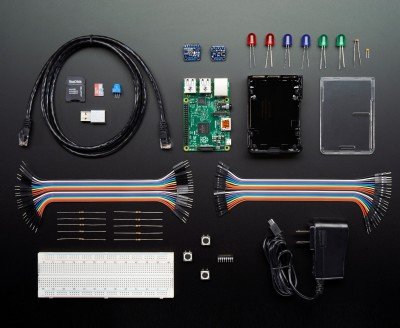Last month (August) Steve Tiexeira of Windows announced Windows Insider release for Windows 10 IoT Core, a version of Windows targeted specifically for small and embedded device having or not having screens, and tuned to run Windows Universal Apps and drivers.

Windows 10 IoT Core
The limit to Microsoft Universal Apps meant lack of Desktop and command prompt. Still, it did support PowerShell remoting capable of offering you a remote PowerShell terminal from which you could run familiar Windows commands. The limit however had no effect in shaping the next update. the response received was tremendous.
Your feedback on Windows 10 IoT Core has been tremendously influential in improving the quality and completeness of this release, and we’ll be including many of the changes and requests that you have made, such as adding support for pulse-width modulation (PWM) and analog-to-digital converters (ADC) via an integrated and extensible provider API, addressing issues around the USB HID class driver, and many bug fixes. We also saw how popular the web-based device management interface is with customers, so we’re continuing the investment in it and delivering new functionality to change the device name, password and the ability to start processes”, reads the blog post.
The upcoming update or release circles around 3 key points:
- Responding to user feedback
- Improving security
- Expanding development choices.
The upcoming security functionality brings in features like the ability to use pulse width modulation and analog-to-digital converters. Pulse width modulation is often used to control the speed of electric motors.
Apart from these, Microsoft has announced its partnership with Adafruit. The joint venture has led Microsoft to release a new Starter Kit that includes a set of compatible sensors, wires, electronic parts and cables that all work with Windows 10 IoT Core.
Leave a Reply